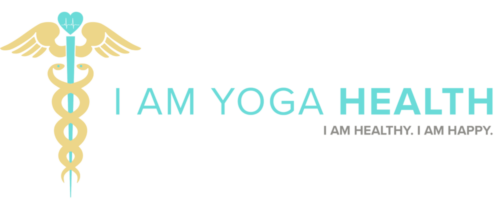Many people first encounter yoga for pain relief, for good reason. The excessive use of modern technology in our society has led to a rise in chronic pain not only in adults but also in our children.
Asana (postures), breath work and meditation are the yogic tools that can help alleviate the burden of chronic pain.
ASANA-The physical postures of yoga can relieve pain in a number of ways, including proper body alignment, proper posture, muscle strengthening , relaxation of tense muscles and stress reduction.
BREATHWORK (Pranayama) is a powerful way to relax the nervous system, shifting from the fight-or-flight Sympathetic nervous system to the more restorative Parasympathetic nervous system. Activating the Parasympathetic nervous system can lead to a more relaxed, less stressed state of mind, which perceives pain differently. Breathing exercises including slowing the breath, lengthening the exhalation relative to the inhalation, and pausing after each inhalation and exhalation.
MEDITATION is the most powerful yogic tool to manage chronic pain. Many scholarly articles have been written on the effect of meditation on pain, including studies using MRI scans of the brain. These studies have shown that by activating and reinforcing some areas of the brain used in pain processing, meditation has the overall effect of helping to reduce pain intensity in patients. Meditation also decreases stress, which in turn decreases pain. The pain may still be there but with mindfulness/meditation, it is the perception of pain and the choses we make to manage the pain that make all the difference.
Why not talk to your doctor about prescribing yoga for your chronic pain?! If yoga is new to you, please do not jump into any random class. Yoga classes come in all levels and an aggressive practice could result in more pain. I suggest trying a Slow Flow or Restorative Class. Inform your yoga teacher of any issues with pain. If available, consider a private yoga teacher who will keep you safe.
Namaste
🙏🏼 Namaste, Your Yoga Doctor



